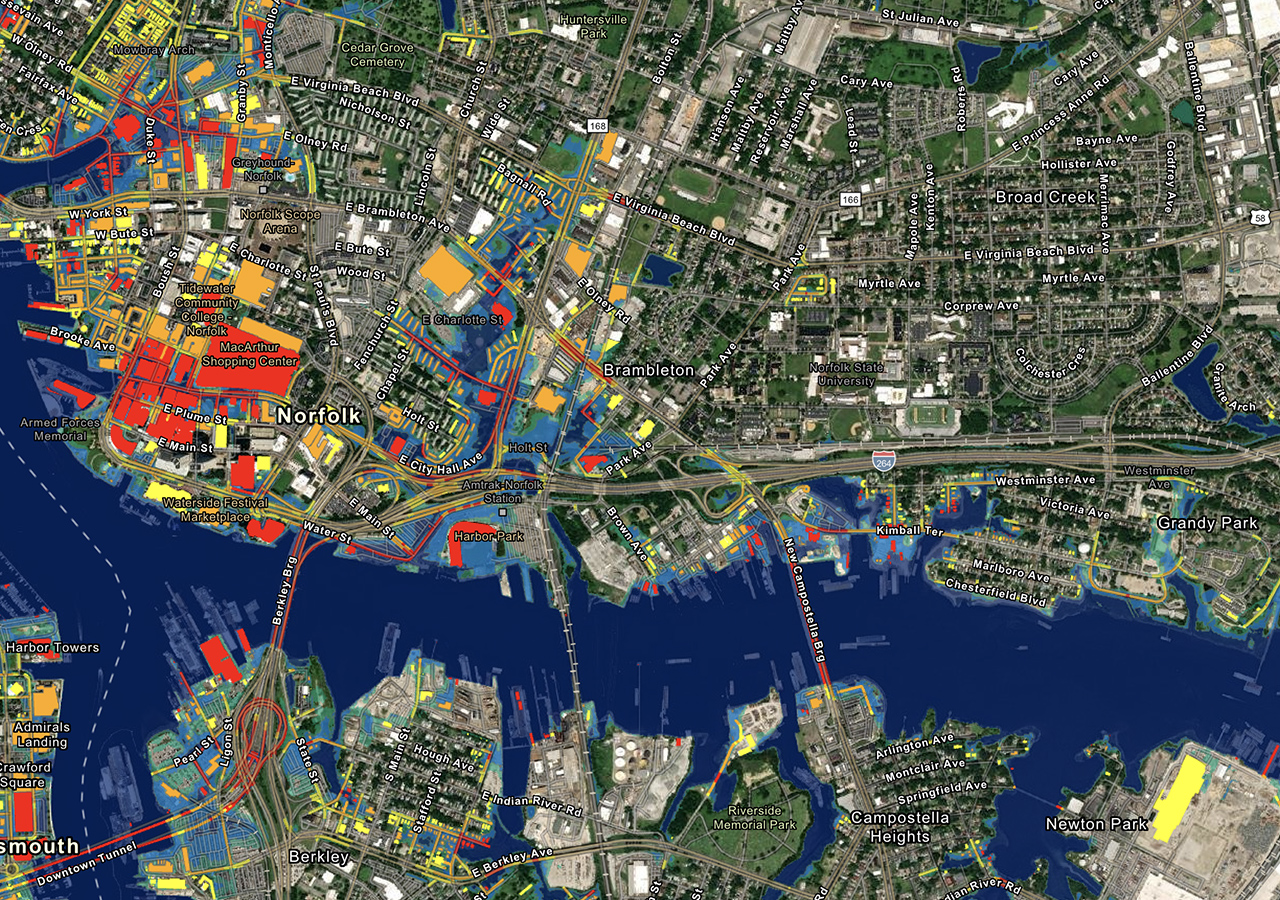Contents
Introduction
Local governments play a vital role in city planning, as they are responsible for shaping the development and growth of their municipalities. City planning encompasses a range of activities aimed at creating sustainable, livable, and thriving urban environments. Local governments are responsible for formulating planning policies and regulations that guide the development of their cities. These policies address aspects such as land use, zoning, building codes, environmental protection and transportation.
Efficient city planning should be responsive to the needs and aspirations of the community, thereby resulting in better quality of life for residents. Therefore, to tackle the challenges of rapid urbanization and promote sustainable development, revolutionary tools are needed. Such a tool might just be Geographic Information Systems (GIS). GIS technology has been touted as a game changer in local government administration. So what is GIS and how does it aid local governments in city planning?
Understanding Geographic Information Systems (GIS)
A Geographic Information System (GIS) is a type of database containing geographic data (that is, descriptions of phenomena for which location is relevant), combined with software tools for managing, analyzing, and visualizing those data.
In a broader sense, one may consider such a system to also include human users and support staff, procedures, and workflows, the body of knowledge of relevant concepts and methods, and institutional organizations.
GIS relies on two main technologies: mapping and data management. Mapping involves creating maps of physical locations, while data management involves managing the data that is used in those maps. By understanding these two components, you can start to see the many ways in which GIS can be used in the organization.
How GIS Aid Local Governments in Efficient City Planning
GIS has become an invaluable tool for local governments in various aspects of their operations and decision-making processes. This technology allows local governments to leverage spatial data, analyze patterns, and gain insights into the geographic context of their jurisdictions. These tools ultimately help in efficient city planning.
1. GIS Provides Comprehensive Data Analysis
GIS systems possess a wide array of data collection and analysis tools for mapping and spatial analysis of a city. This allows local governments to collect and manage vast amounts of data related to infrastructure, land use and demographics. By integrating data from multiple sources into a GIS platform, city planners can gain a holistic view of their urban landscape. This comprehensive data collection helps in identifying patterns, trends, and potential issues, enabling informed decision-making.
2. It Enhances Efficient Land Use Planning
At its core element, city planning is basically determining and allocating appropriate land use for development applications. GIS has mapping and spatial analysis tools that would greatly enhance land use. It could empower local governments to create land use maps based on factors such as population density, zoning regulations, environmental constraints, and infrastructure availability. This information aids in optimizing land allocation, promoting mixed-use development and creating vibrant and sustainable neighborhoods.
3. GIS Aid Transportation Planning and Optimization
Urban dwellings face a myriad of problems. Mass transit and commuting being amongst the most prominent of those problems. Local governments have been yearning for solutions to this problem. GIS could be just that. A solution. It plays a crucial role in transportation planning by analyzing traffic patterns, identifying congestion hotspots and optimizing transportation networks. This can help city planners make informed decisions on infrastructure improvements, public transit expansion and traffic management. It can also help with facilitating the implementation of transportation accessibility and equity for all urban and city dwellers.
4. Environmental Impact Assessment
Local governments are usually responsible for economic development within their jurisdictions. Any development project requires considering their environmental impact. Through its mapping and spatial analysis tools, GIS enables local governments to assess the potential environmental effects of proposed developments. It can map changes in land cover, water runoff and ecological habitats. By overlaying environmental data with development plans, city planners can then identify sensitive areas and incorporate sustainable practices.
5. Efficiency in Disaster Management and Emergency Response
GIS technology is invaluable in disaster management and emergency response. Its mapping tools can help local governments can map vulnerable areas, assess risks and develop evacuation plans. These insights can help identify safe locations for emergency shelters, optimize evacuation routes and provide real-time information during crises. By integrating GIS with other systems such as weather monitoring and communication networks, local governments can enhance their preparedness and response capabilities.
6. Engaging Citizens in the Planning Process
Most jurisdictions worldwide require that there is public participation in all development projects. GIS offers local government this through its interactive mapping tools that enable local participation in the planning process. By creating online platforms or mobile applications, residents can provide feedback, suggest improvements and participate in community-based decision-making. This citizen engagement fosters transparency, builds trust and ensures that city planning aligns with the needs and aspirations of the community.
Conclusion
GIS technology provides a powerful framework for integrating, analyzing, and visualizing spatial data, enabling local governments to make informed decisions that shape the future of their cities. By leveraging GIS for comprehensive data analysis, land use planning, transportation optimization, environmental assessment, disaster management, and citizen engagement, local governments can create more livable, sustainable, and resilient urban environments. The integration of GIS into city planning processes is a testament to its transformative potential in shaping our cities for the better.
How IRES Helps Local Governments With GIS
In the face of urbanization challenges, local governments must embrace innovative solutions for efficient city planning. Indepth Research Institute (IRES) helps local governments with efficient city planning by offering corporate training and development programs on GIS that would help you transform your urban planning efforts. The instructor led trainings are delivered using a blended learning approach and comprise of presentations, guided sessions of practical exercise, web-based tutorials and group work. Our facilitators are seasoned industry experts with years of experience, working as professional and trainers in these fields. Register now and harness the full power of GIS for sustainable development!
[wpforms id=”1678″ title=”true” description=”true”]
We have a firm belief that every organization has a unique purpose only they can fulfil in this world. We work with you in organizing your resources to exploit opportunities so that you can fulfil your purpose and realize full potential. We build the capacity of people, processes and systems for organizational success and growth as well as nurturing a thriving ecosystem.
Ready to enhance your skills and boost your career? Explore our corporate training programs now and start your journey to success.








Comment here